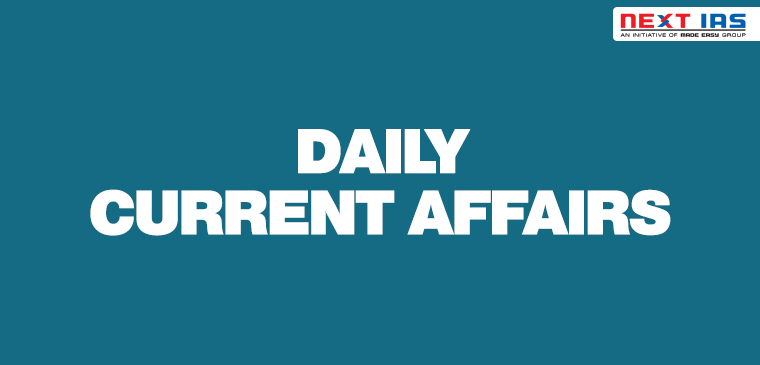
Facts in News |
|
Tulip Garden of Jammu and Kashmir |
|
Atal Beemit Vyakti Kalyan Yojana (ABVKY) |
|
Suez Canal |
(Image Courtesy: Britannica) |
Digital Service Tax |
|
National Mission On Libraries |
Objectives
|
What is Shigmo? |
|
Previous article
Ken-Betwa interlinking Project
Next article
Facts in News

